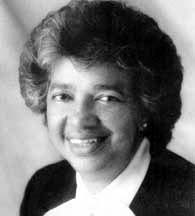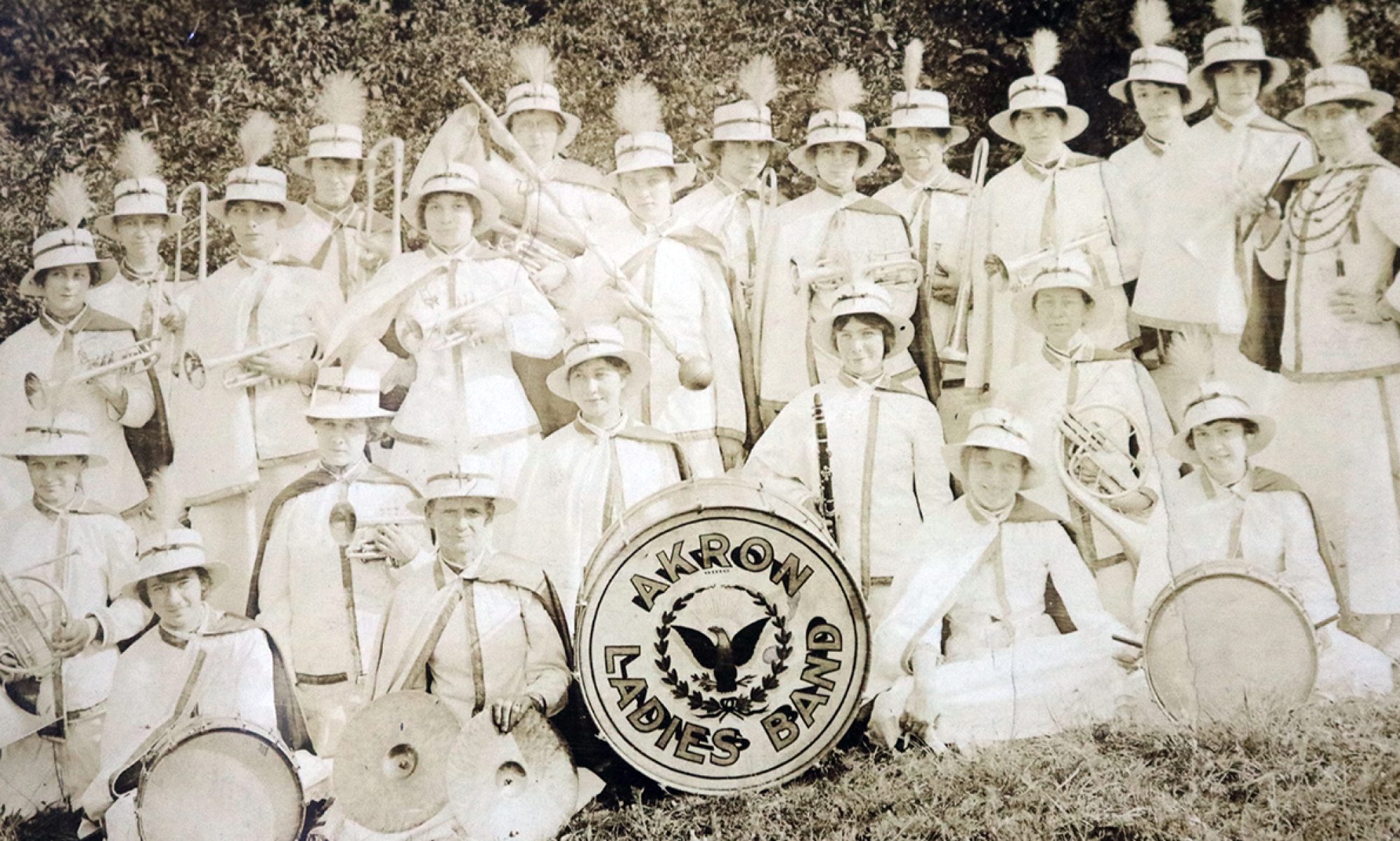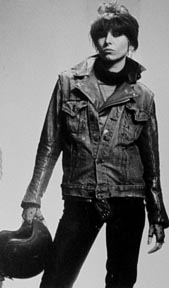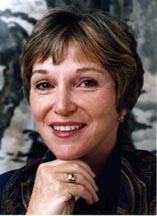
Dorothy Jackson is considered Akron’s “goodwill ambassador.” For almost 20 years, Jackson served as deputy mayor of the city. She was the first African-American woman to serve in an Akron mayor’s cabinet. Jackson retired in June 2003 but doesn’t plan to give up her community activitism..
Born in the Oklahoma Indian Territory, she came to Akron, Ohio, when her father got a job at Goodyear. She graduated from East High School and Actual Business College. She attended Kent State University and The University of Akron. On a scholarship, Dorothy attended Gallaudet College, a college for the deaf, and learned sign language. Since then, she has served as a volunteer interpreter for the deaf.
In 1956, she went to work at Goodwill Industries where she taught physically and mentally challenged people job skills. She left Goodwill in 1968 and went with the Akron Metropolitan Housing Authority (AMHA). As Human Services administrator, she directed award-winning service programs for the 20,000 residents of the AMHA.
In 1984 Mayor Tom Sawyer appointed Jackson deputy mayor for Intergovernmental Relations. She then served Mayor Donald Plusquellic, as city government’s liaison to a wide range of civic and community groups.
Under Plusquellic, Jackson served on a wide range of local, state and national committees. She was a trustee for Akron General Medical Center and chaired the United Way/Red Cross Partnership Council. She also played a role at the Northeastern Educational Television of Ohio and the National Retirement Communities for the Church of God and served on the advisory committees of the National City Bank and the Junior League of Akron.
Although retired, Jackson plans to continue to serve as interpreter for the deaf at Arlington Church of God, a member of the National Registry of Professional Interpreters & Translators, the Life Membership Committee of NAACP, the National Caucus on the Black Aged, and the Senior Citizens Advisory Council.
Jackson has won many awards over her decades of service to the community, including the Bert A. Polsky Humanitarian Award, the Ohio Black Women’s Leadership Caucus Rosa Parks Award, United Way’s Distinguished Service Award, and the Urban League’s Community Service Award. She has also been inducted into the Ohio Women’s Hall of Fame. A 28-unit handicapped housing development was named Dorothy O. Jackson Terrace in her honor. The Jewish National Fund named a park in Kiryat Ekron, Israel, after her.
Photos courtesy of the Beacon Journal. Bottom photo shows Jackson with Glenisha Brooks.
–Zachary Jackson









